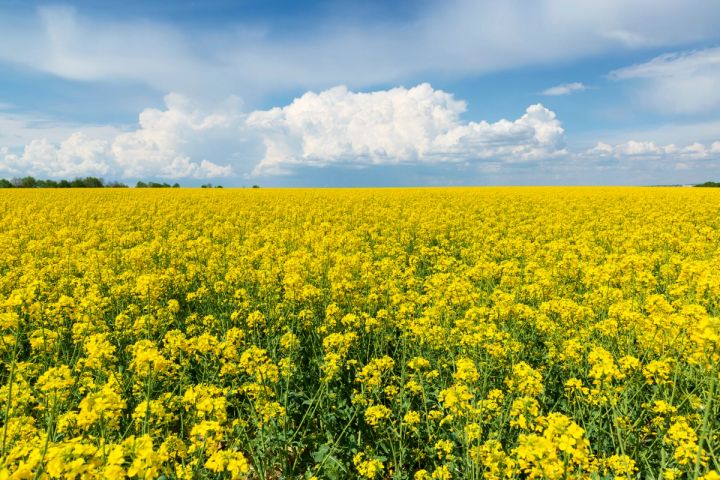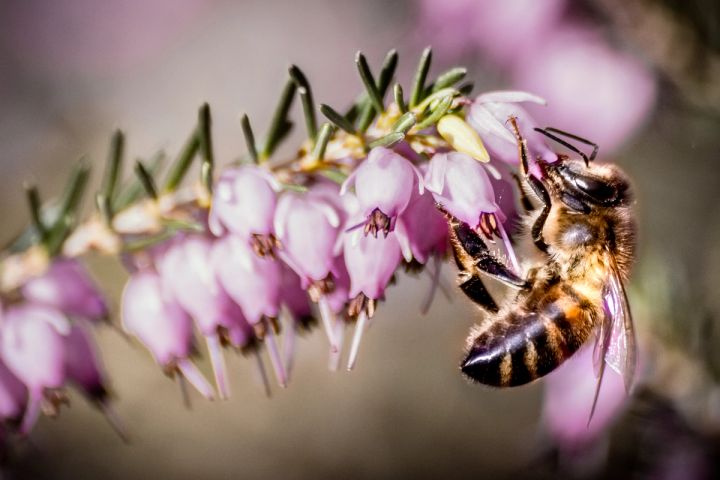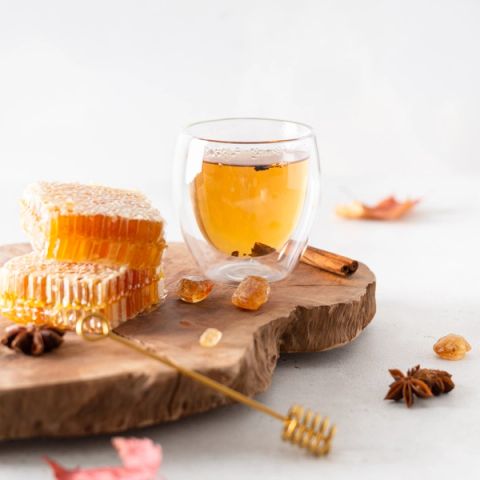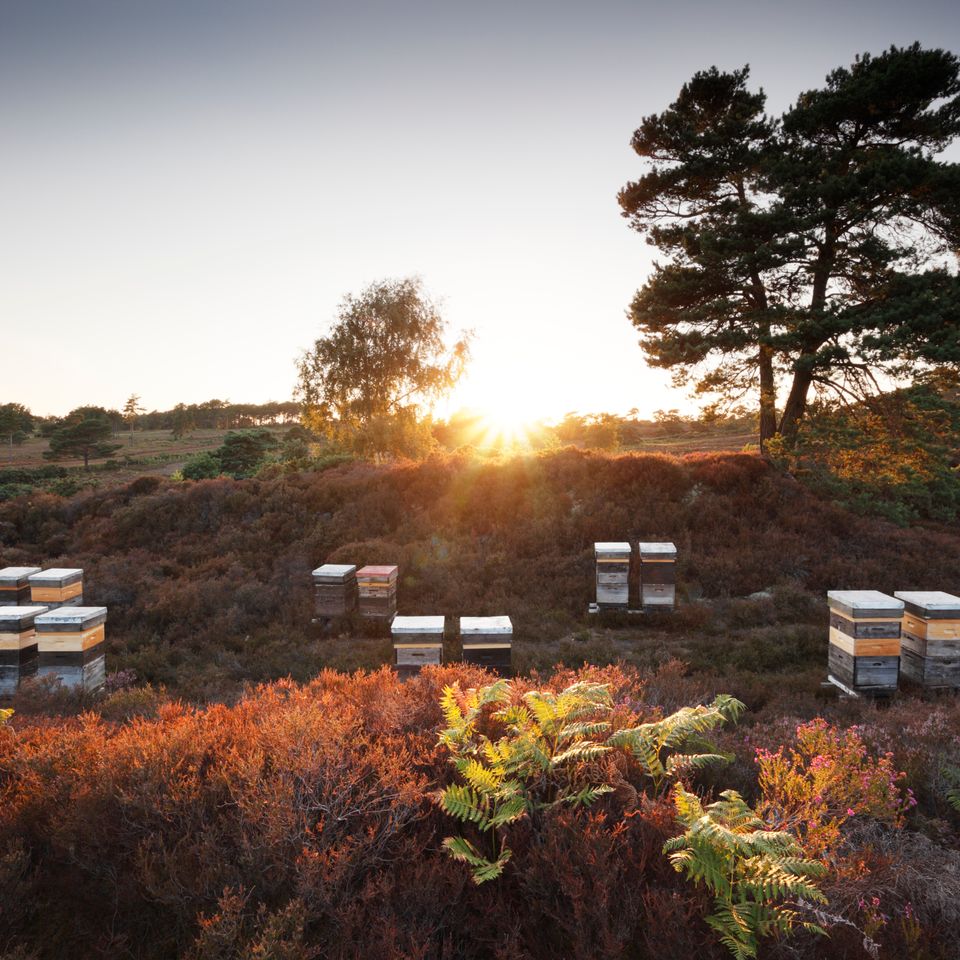North Yorkshire contains the major part of two of the UK’s main national parks: the North York Moors and the Yorkshire Dales, so it’s no surprise that the area is a haven for honey bees and beekeepers.
Local beekeeper, Paul, is just one of the British beekeepers we work with who’s lucky enough to call this area his home. Paul tells us all about beekeeping in the north of England.
How did you get into beekeeping?
My father has been beekeeping since he was a teenager, first working with bees in Australia, where he learned from experienced commercial beekeepers, and later returning to the UK and setting up his own business. My father is very knowledgeable, and bees have been his life. I shared his interest and decided to join him in the family business. Plus, I enjoy being able to work outside in nature and the variation within the job, so I feel very fortunate. My father and I ran the business together until recently, when I took over the day to day running of the farm, with the help of my father and my wife.
Do your beehives get moved during the season?
Our beehives are moved several times during a season to enable the bees to forage the different crops that are in flower. We start the season moving the bees from sheltered winter sites, out to farmed crops on arable land. In late summer, we move them up onto moor land. This is a short window and the hives are moved back to lower ground to sheltered sites for winter.
What varieties of flowers do your bees typically forage on?
Our bees start the season working on the spring crops, which is made up of oilseed rape and winter beans. Depending on the weather, we can also get a crop of sycamore and hawthorn blossom. Moving towards summer, we can get a mixture of spring beans, clover, lime trees and the mixed flora in the wild hedgerows. Then towards the end of summer, our bees forage on ling heather which produces a beautiful heather honey.

Can you tell us about the flavour and aromas of the honey your bees make?
The flavour of the honey reflects the flower the bees have foraged on. Our spring and summer honey can be sweet, citrusy and floral. The heather honey has a very strong distinctive taste, with caramel flavours.

How is honey typically eaten in the UK?
Honey is so versatile. It can be used in most meals; I love it in breakfast as a sugar replacement but also I use it in cooking as an ingredient. My favourite dish is stir-fried noodles with chicken, chilli, orange, coriander and honey; it’s delicious! Honey is popular in drinks too, specifically teas and health drinks.

